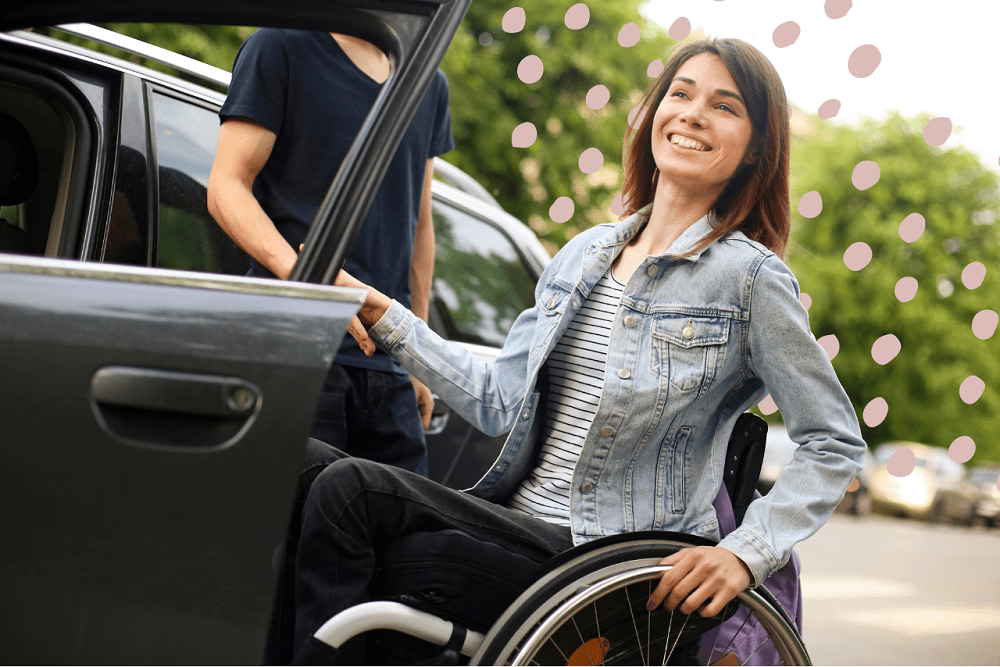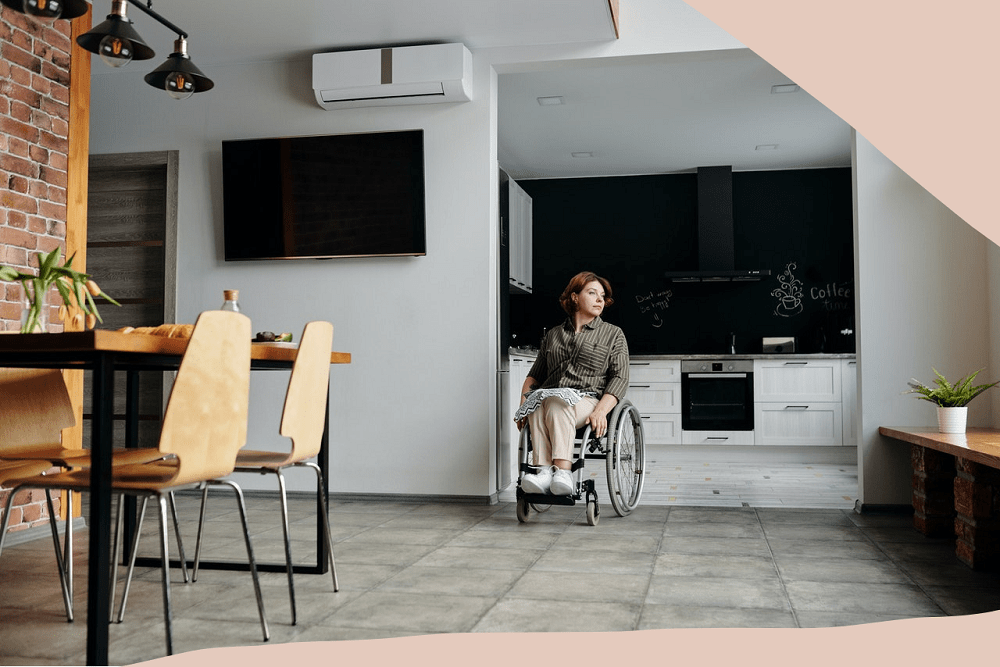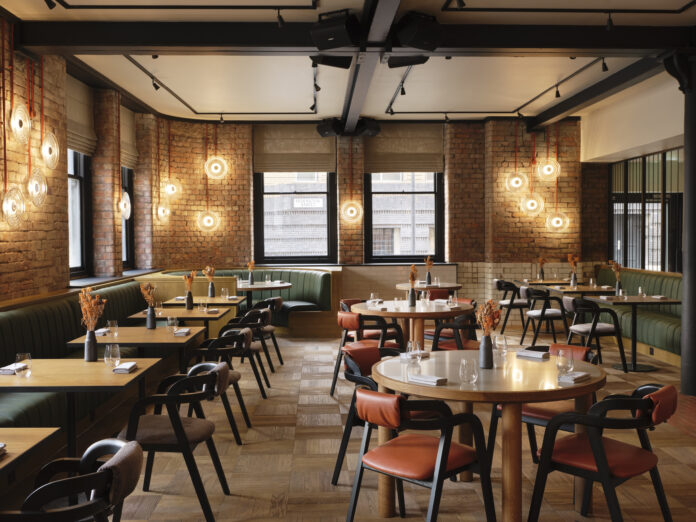If you have a relative with a disability or you’re the primary caregiver to a loved one who has a disability, then you’ll know that British houses, historically, weren’t always built with accessibility in mind.
Doors, windows, ramps, driveways, staircases…all the way to more seemingly minor inconveniences like taps and cupboard handles, may present barriers to the accessibility and comfort of those living with a disability in domestic UK homes. If you’re looking to change that, then here’s how to adapt your home to make it more accessible for visitors with a disability.
Transportation
One of the main concerns for loved ones with disabilities is transportation. Though it’s not in the home, having the same chance as the able-bodied to have access to the wider world is essential in ensuring autonomy and independence for those living with disabilities.
It can be difficult to get around, especially if your loved one relies on a wheelchair or other mobility device. As the government’s Inclusive Transport Strategy recently set out; ‘’people with disabilities [should] have the same access to transport as everyone else, able to travel confidently, easily and without extra cost.’’ We couldn’t agree more.
For this reason, and depending on the type of disability, it’s important to consider yours or your loved one’s car first, to ensure it’s promoting good access and includes features like handrails and specially designed seatbelt. The government offer several types of financial assistance regarding transport if you’re disabled, ranging from VAT relief to vehicle tax reduction. Their Motability Scheme also helps with renting a car, wheelchair or scooter.
Other helpful car adaptations include driving adaptations, altering the way the vehicle is operated with a little help of left foot accelerators, mechanical hand controls, remote devices, electronic accelerators, steering aids, and foot steering.
In terms of your own vehicle, there is a wide range of seat adaptations for your car that can help your loved one get in and out of the vehicles safely and comfortably, including transfer plates, swivel seats, and swivel seats specifically designed for wheelchairs.

Mobility Within The Home
Turning to accessibility within the home, there are a few adjustments you can introduce to facilitate greater accessibility and mobility. Installing handicap-accessible ramps and grab bars in the home on ramps leading into the home should be a priority. If possible, their guest bedroom should be on the ground floor, or, in terms of negotiating stairs, a stairlift could be installed if this would promote greater accessibility.
It’s wise to place grab handles and rails around the home – installed in bathrooms, toilets, showers and anywhere less accessible. In those bathrooms, there are several adjustments you can make to ensure greater accessibility. Walk-in tubs or rolling shower seats, non-slip floors, additional overhead lighting will all make life easier. Ideally, you might widen corridors and hallways, too, if this is possible.
Height Adaptions At Home
However, this isn’t all that can be done – there are many features you can add for your loved one to live independently, and many of these concern the height at which things are in your home. These include special door accessories like lever handles, push bars on doors, and light switches and plugs nearer the floor (and extra lighting by entranceways or stairs, incidentally).
Make sure countertops are at the correct height and items, especially in the kitchen and bathroom, can be reached with no struggle. Ensure that windows are easily accessible and don’t require any force above 2kg (the recommended, manageable amount).
Most importantly, consider raising the height of your toilet. A standard toilet is 430mm high whilst a standard wheelchair sits at 480mm; the required shifting of body weight to negotiate this difference can be tough for some with mobility issues; instead, building regulations experts TopBc recommends having the toilet at the same height as the wheelchair for easier access.

Digital Accessibility
If making phone calls is tough for your loved one, consider investing in a smart home hub device, such as an Amazon Echo with Alexa, or Apple’s Siri; the hands free nature, as well as simplicity of use, can be really useful for those who struggle with mobility or cognitive function.
Having one in the house can help with more than just calls. A smart home hub can offer reminders to take medicine or of upcoming appointments, answer general knowledge questions, tell jokes (!) and even play music, simply through voice activation.
For many, the huge range of tech now at our fingertips can get confusing and be isolating. Having much of it condensed into one, voice-controlled device can be liberating.
Everyday Tasks
At a more micro level, there are dozens of items needed for everyday life that can be adapted or upgraded to make life easier for your loved one with a disability.
If getting dressed or undressed poses a particular obstacle, there are hooks available to help negotiate zippers, gadgets to pull up socks, and much more.
You might also want to consider special can openers, peelers, and knives that make it easier for those with limited hand movements. There are also many different types of adaptive cutlery – such as those with long handles, curved handles, or built-in gripping devices – that can make holding a knife or fork much easier.
In the kitchen, there are adaptive cooking tools like potholders with Velcro straps, stove knob turners, spoon and fork holders, and jar openers that can help your loved one cook without any difficulty. Check out the NHS advice on household equipment to make their everyday life easier.
Organise A Carer’s Assessment
You may not have to pay for many of these adaptations yourself. Take the time to arrange a full assessment, including a Care Needs Assessment, to look at the various ways that you can improve the home to allow your loved one to do more things without direct assistance. This is arranged through your local council, and following this free assessment, they will provide you with assistance regarding equipment such as walking frames and personal alarms, stairlifts, practical help and advice from paid carers and access to day centres.
The Carers Trust have a useful guide here on the other grants and discounts that could be available to you.





